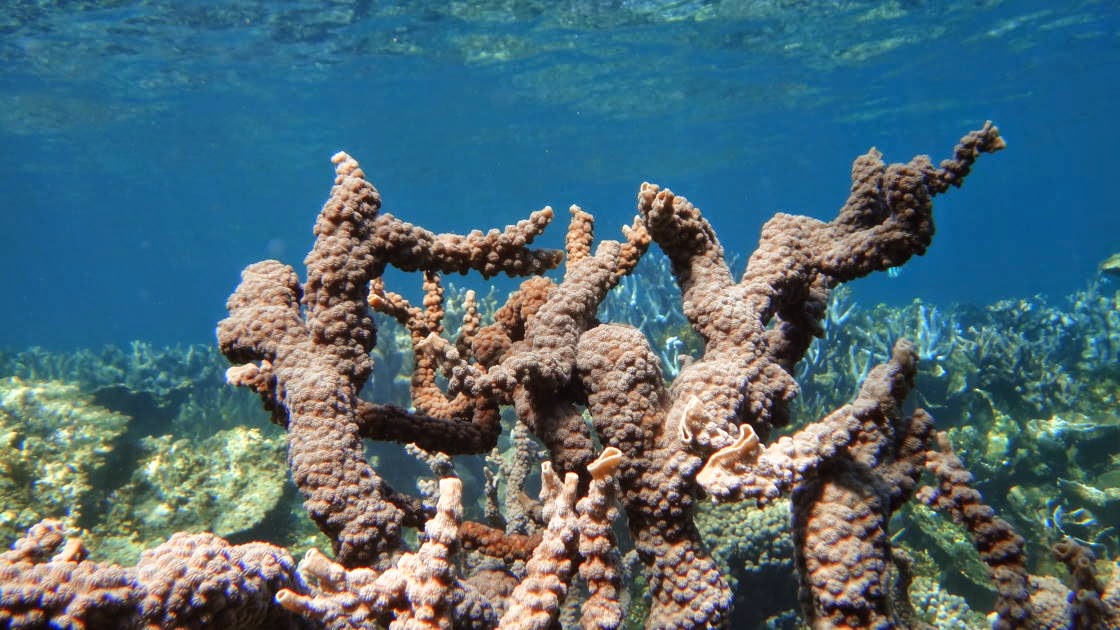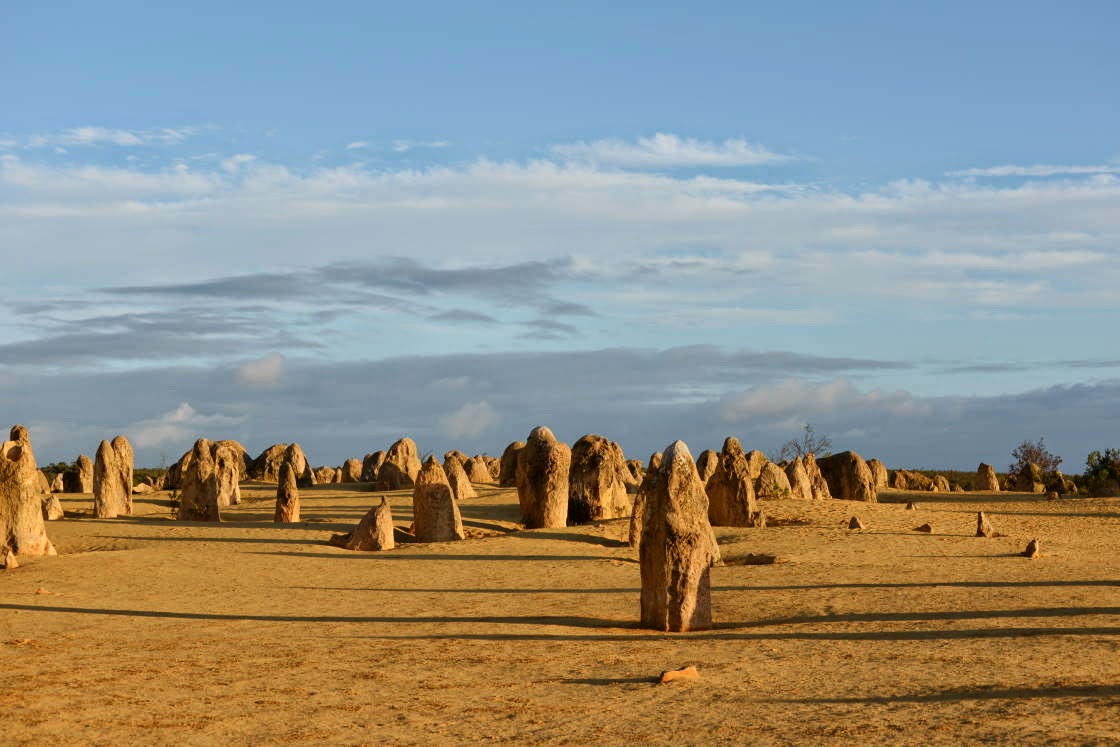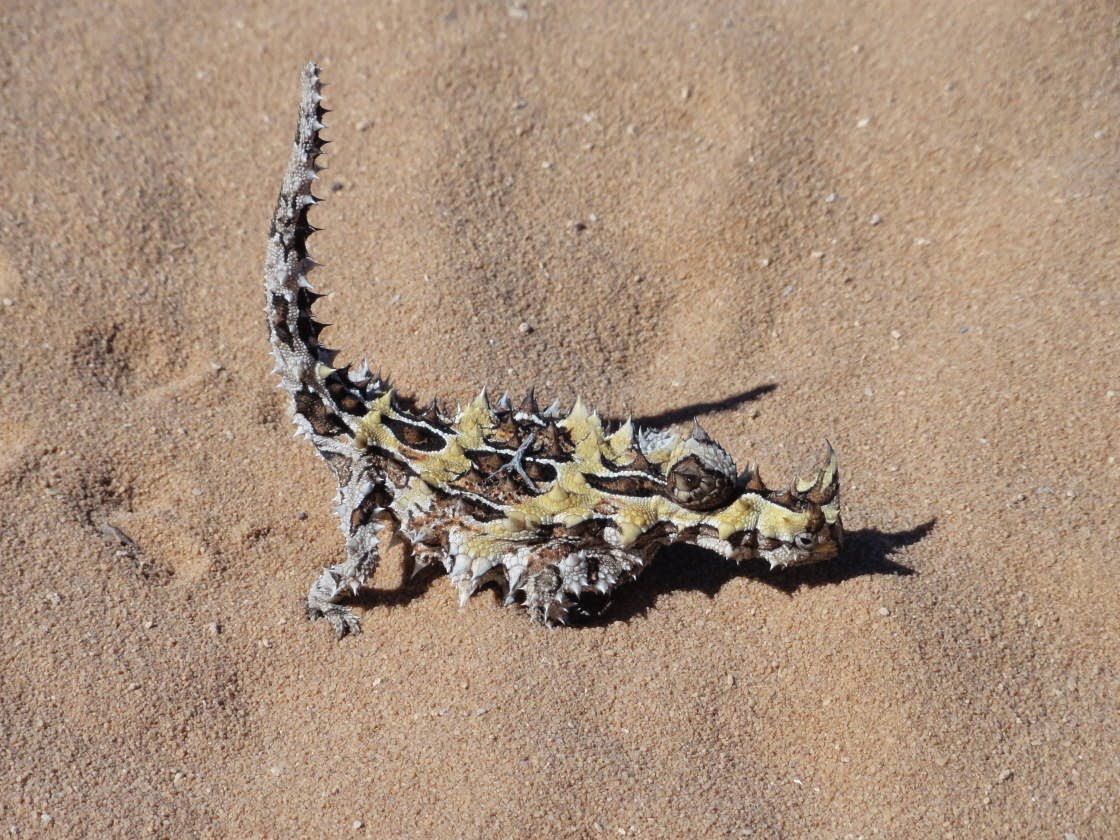In Perth we nested with Kirsten's cousin, which was lovely. Thanks Hugh, Diana, Rupert (and Henri for your bedroom!) - I hope we didn't stay too long! It was great to have a home for a while, especially with such great company! Our car got a bit of TLC as well, with a service and 5 new tyres. Hence us getting around on bicycles once more.
Hugh took us out to Carnac Island to see the sealions. A bumpy, wet and fun trip!
The Perth Maritime Museum has one of only nine individuals of "Megamouth" (Megachasma pelagios) ever discovered world-wide. It's one of the rarest sharks and was first discovered in 1976. Isn't it ugly?!
The shipwreck galleries of the WA museum have a few bits and pieces recovered from the Batavia, which ran aground on its maiden voyage from Amsterdam to Jakarta in 1628 on the Abrolhos Islands. A fascinating story, which I will mention again later...
First stop after leaving Perth of course was the Pinnacles in Nambung National Park. We managed to get there by sunset, which made it even more beautiful!
In 2002, when we came through here on a trip, Kirsten promised me a Rock Lobster for my Birthday. I finally got one!
From Geraldton one can catch a flight to the Abrolhos Islands where the Batavia shipwreck was discovered in the 1960s. There was just two of us (and the pilot), so I got to sit in the co-pilot seat!
It is not surprising that the Abrolhos claimed so many shipwrecks. The area is littered with submerged reefs and small islands. Absolutely gorgeous from the air!
This is Beacon Island where most of the Batavia survivors lived for 3 months and where Jeronimus Cornelisz orchestrated the massacre of 110 men, women and children to decrease the "burden on their limited resources".
Morning Reef where the Batavia struck the corals and sank. The excavation site can be seen as a light sandy patch.
Wiebbe Hayes and his soldiers were dumped on East Wallabi Island without weapons or resources with the intention that they would die. Ironically, they managed to cross to West Wallabi Island at low tide where they found fresh water and plenty of wallabies, birds and sealions to eat. The fort the soldiers built to defend themselves against Cornelisz and his gang can be seen clearly below.
We landed and had time for a snorkel at East Wallabi Island. Hard to imagine anybody surviving here for that long!
The islands are protected (except for the Rock Lobster industry) and have an amazing diversity of plants and animals. An osprey building a nest below...
... and one of the sealions the survivors didn't eat.
The commander of the Batavia, Francisco Pelsaert and the skipper Ariaen Jacobsz managed to sail to Batavia (Jakarta) in the longboat below (this is a replica of course) to get help and rescue the survivors. Lucky they did, otherwise the story could never be told!
Kalbarri has a stunning coastline and the (mostly dry) Murchison River has carved amazing gorges through the layered and colourful rock.
Nature's window in Kalbarri National Park. Note how high and muddy the water is - apparently they had a lot of rain just before we arrived.
Even though we missed the wildflower season, there is always something blooming!
At Hamlin Pool in Shark Bay there are more weird and ancient rocks alive. This time they are Stromatolites, which are similar to Thrombolites, but different in make-up.
The hypersaline bay is home to billions of tiny coquina bivalve shells (
Fragum erugatum). Shell Beach below...
.... and the shells.
Over time these shells compact into coquina limestone, which was cut and used as bricks for buildings.
Francois Peron National Park is accessible by 4WD only. What a luxury to find an air compressor and the information below at the park entrance! They must have had a lot of tourists getting stuck out there!
Cape Peron has three campsites right on the beach and our closest neighbour was over 100m away! What a great spot!
Ever since we were on the Eyre Peninsula in South Australia we have seen a lot of people fishing and they all seemed to be fairly successful. I decided to buy a fishing rod and have a go. My first cast ended up in a mess and I had to cut off about 3m of my brand new line!
On the third cast I caught a Silver Bream and on the seventh I got another two! We couldn't possibly eat that much for dinner, so I threw the smallest one back in. What to do now??
Lucky our neighbour knew how to fillet a fish and was happy to teach me. Dinner was delicious! Kirsten is not too keen on fish, but she liked this one. She probably only agreed to let me buy a rod because she thought I'd never catch anything! The next evening I caught another four fish, one of which we ate.
I always wanted to see a Thorny Devil in its natural habitat - and we did! Apparently, that big knob on top of its neck is to store water extracted from dew. It never has to drink!
I know they look spiny but they are quite soft to touch!
The Peron Peninsula is dominated by red sand and clear blue water!
Cape Peron ...
... with a huge amount of pelagic locals cruising around. A school of manta rays below.
The Big Lagoon - we couldn't resist and had to go for a snorkel. Not much to see except for fish and seagrass, but very refreshing.
At Monkey Mia we just missed the feeding of the dolphins, but got to watch a pelican under the sprinkler instead. Lunch was delicious and there were plenty of dolphins hanging around close to shore.



































































